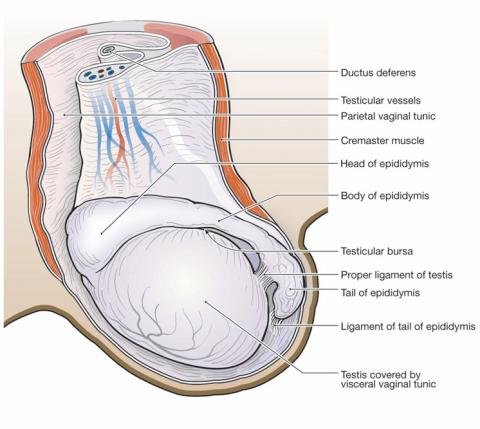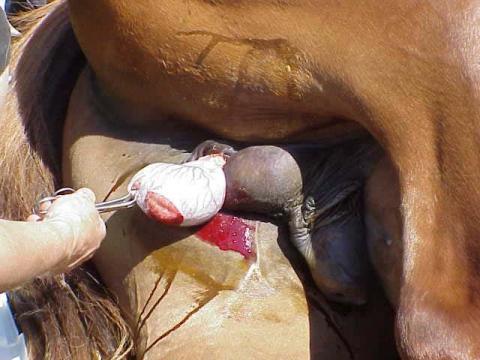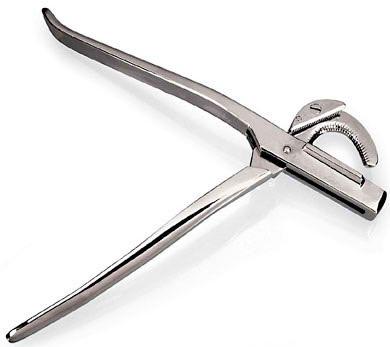Why castrate your colt?
Castrating a colt (a young male horse) is usually performed for ease of management. Left entire, colts can become very difficult to manage, as it can be difficult for them safely fit into a herd of mares or geldings. This is because they may fight with other male horses in the herd in an attempt to establish herd dominance. With mares, there is the risk of the colt mating with them, leading to unexpected and unwanted pregnancies. Even if separated from a herd of mares, the sexual urge of the colt may be so great that they will go to any length to reach the mares. Unfortunately this can result in injury to the colt, which can prove costly.
As colts get older and approach sexual maturity, they often become increasingly difficult for owners to handle, with some becoming very dangerous.
At what age should I castrate my colt?
Colts can be castrated at any age. Some owners prefer to leave their colts entire for as long as possible before having them castrated, because they feel that this allows the horse to mature properly. However, there is no scientific evidence to suggest that foals left entire develop any differently from foals that are castrated early. If anything, the opposite can sometimes be true, with some late castrated males still retaining some mild stallion-type tendencies. It is our preference to perform the castration when the colt is between 6-18 months old. This is because we feel that the younger the colt is when castrated, the fewer problems there are. Generally, younger colt foals tend to recover faster from the operation, and have fewer post-operative complications. This is most likely because their testicles and there associated blood vessels are much smaller when the foal is younger, which in turn means less haemorrhage during surgery and therefore less post-operative swelling and a reduced chance of post-operative infection.
The time of year that castration is performed is important too. When considering castration, the risk of fly worry and muddy conditions need to be considered, both of which can contribute to wound infection. Consequently, we advise performing castrations either in the Spring or mid Autumn.
Although most colts will have both testicles descended into the scrotum by a reasonably young age, it is vital that this is checked prior to performing a castration. Colts with undescended testicles are referred to as “rigs”. “Rigs” may have undescended testicles present in the inguinal canal (groin) or within the abdomen. Sometimes, given time, the undescended testicle will eventually descend into the scrotum. In which case a normal “field castration” can be performed. However, if the undescended testicle does not descend, there is a fair chance that it never will. In this case, it is important that “rigs” have the location of the undescended testicle identified by ultrasound prior to performing castration to prevent having to “surgically hunt for the testicle”. Rigs are generally best castrated in the hospital environment, because the surgery takes longer and can be more demanding, especially if the testicle is located within the abdomen. Intra-abdominally located testicles require removal either by laparotomy (opening up the abdomen) or by laparoscopy (abdominal key-hole surgery). Both techniques are costly.
As well as checking that both testicles are present within the scrotum, it is important to make sure that only the testicles are present within the scrotum. Very occasionally, colts can suffer from scrotal hernias, where a piece of intestine may also be located within the scrotum. This is why it is important for your vet to perform a pre-castration health check. Foals with scrotal hernias are best treated in the hospital environment, because they need to have the castration and hernia repaired at the same time.

Picture 1: Testicular Anatomy
Where to castrate my colt?
Generally speaking, it is best to have your colt castrated at home if your premises allow, as it is less stressful for your colt. Most practices castrate colts under a general anaesthetic, although some practices prefer to perform castrations with the colt heavily sedated, with local anaesthetic injected into each testicle. At Central Equine Vets we perform our castrations under a full general anaesthetic. This is because we feel that it affords more surgical control, hopefully helping to minimize postoperative problems. Consequently, castrations are best performed in a clean, flat, dry field or in an outdoor or indoor school, as long as the surface is not too dusty. Performing castrations in stables is generally to be avoided, as upon recovery from the general anesthetic there is a risk that the foal may injure itself on walls etc.
Obviously, if it is discovered that the colt is a “rig” or has a scrotal hernia, it is necessary to have the procedure performed in an equine hospital. Likewise, older stallions may also require to be castrated at an equine hospital, as the surgery can be more demanding.
How long does the procedure take?
Once anaesthetised, the surgery is relatively quick, generally taking around 15 minutes. After surgery, the foal is allowed to recover naturally in its home environment. Recovery times from the anaesthetic vary. Generally speaking, too quick a recovery is undesirable, because the foal may try to get up before it has had time to completely regain its senses and balance. This can lead to them stumbling and injuring themselves. Prolonged recoveries can also have problems associated with muscle inflammation. So we usually hope for an intermediate time for anaesthetic recovery, which should allow for a smooth recovery. Fortunately, the modern anaesthetic drugs used these days usually allow for a smooth recovery in the field.
The surgical procedure.
Field castrations for colts up to around 24 months old are generally performed using a technique called an “open” castration. Two incisions are made in the scrotum (one for each testicle), the vaginal tunic covering the testicle is then incised, allowing the testicle to be completely exteriorised. The blood vessels and spermatic cord are then crushed using a surgical instrument called an emasculator. With an “open” castration no sutures (stitches) are used, with the wound being allowed to drain naturally.

Picture 2: Open castration of a horse performed in the field under a general anaesthetic
For older colts/stallions (>24 months old) a closed castration is preferable. This technique involves using sutures in order to seal off the blood vessels supplying the testicles and it also seals off the vaginal tunic covering the testicle. This should minimise the risk of post-operative herniation, which can be a significant risk in larger, older horses. However, this procedure takes longer and needs to be performed in a sterile operating theater, which makes it more expensive.

Picture 3: Emasculators – the surgical instrument used to cut and crush the spermatic cords and blood vessels
What possible complications can occur?
Generally castrated horses suffer very few post-operative complications. However, if complications are experienced they tend to be one of the following:
Prior to surgery we will discuss the likelyhood of these risks occurring with you, how you should monitor your horse and what you should do should they occur.
If in any doubt about a post operative complication please call the surgery on: 0131 664 5606.
What post-operative care is involved?
Considering the main problems listed above, the most important postoperative care is daily observation and gentle exercise. Daily observation allows you to monitor for signs of bleeding, swelling or herniation and allows you to contact your vet promptly for treatment. Gentle exercise helps minimise the risk of swelling from occurring. Some horses will happily self-exercise in the field, whereas other may require gentle lungeing.
Usually, a short course of antibiotics and anti-inflammatories will be prescribed at the time of castration to help minimise post operative infection and swelling.
The colt is also protected against the risk of tetanus at the time of surgery by the administration of tetanus anti-toxin.
We advise that the recently castrated colt is not turned out with mares for between 1-2 months post castration in order to ensure that they are no longer fertile and that they have lost the hormonal urge to exhibit stallion-like behaviour.